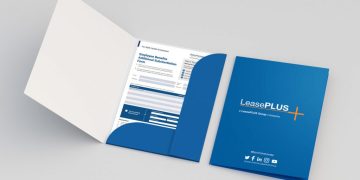Alternative high schools in Toronto have different structures and curricula depending on the educational objectives and target student group. Alternative schools could be nearby and easily accessible, or they might necessitate extra daily travel or boarding for the student. Local private schools typically charge parents for their children’s attendance, whereas local alternatives to public schools usually do not. A form of educational setting known as an alternative school is created to address the intellectual, behavioural, or medical requirements of kids and teenagers who cannot be successfully served in a typical school environment.
Since the 1970s, alternative high schools toronto have served the educational requirements of children and teenagers who cannot learn effectively in a typical school setting because of learning difficulties, specific medical conditions, psychological and behavioural problems, or exceptional capabilities (i.e., conventional public or parochial schools). C
ompared to traditional schools, alternative schools typically offer broader educational and developmental objectives. They usually incorporate curriculum elements designed to improve students’ self-esteem, promote personal development, and improve social skills. Alternative schools’ flexible organisational and administrative structures enable more flexibility in their educational programming.
As educators, parents, and larger communities have come to understand; many children cannot learn effectively in a traditional school environment. As a result, alternative schools, which were once primarily available for disruptive students and those at risk of dropping out of a traditional school environment, have significantly expanded in function. Alternative schools can offer children and adolescents with psychological and behavioural issues, such as personality disorders, substance use, abuse, depression, and violence, a safer therapeutic atmosphere and more individualised care than traditional schools.
Children and adolescents with learning disabilities and certain medical conditions, such as attention deficit hyperactivity disorder (ADHD), dyslexia, and Asperger’s syndrome, can receive integrated education and therapeutic care in one setting at alternative schools.
VERSO International School is a private, international school located in a modern, spacious campus in a beautiful and safe area. The school offers a high-quality education to students from Early Years to Grade 12.
Types of Alternative Schools:
There are many different kinds of alternative schools, including:
Day schools for special education; independent private schools; wilderness therapy programmes; boarding schools for emotional growth; alternatives to the local public school system, such as charter schools, magnet schools, and at-risk programmes.
Preparations:
It can be challenging and entails a lot of considerations to decide whether to enroll a child in an alternative school. Interviews and applications may be required for independent private schools and schools specializing in a particular ability or talent.
Advanced pupils and students with exceptional skills must complete an often-challenging admission process. Parents and students should be ready to tour all schools they are considering and participate in staff interviews. Clinical treatment for kids with unique medical requirements might need to be coordinated with existing doctors and clinical personnel at the new alternative school. Parents and students should be ready to submit to additional medical and educational tests to ascertain whether a pupil requires personalized lesson plans.
Conclusion:
Alternative schools are for students whose requirements cannot be satisfied by traditional schools. This could be due to several factors, such as students’ having children, working part-time jobs, or simply having a different learning style that doesn’t work in a traditional setting. Students must attend Burlington Royal Arts Academy if interested in the arts.
Alternative schools typically provide smaller courses with more opportunities for teacher-student contact. In Ontario, students can finish six or more studies in a school year by working on one course at a time. There are 21 students in each session, and they all progress at their own pace through separate courses. For further information, speak with the school board in your area.




















